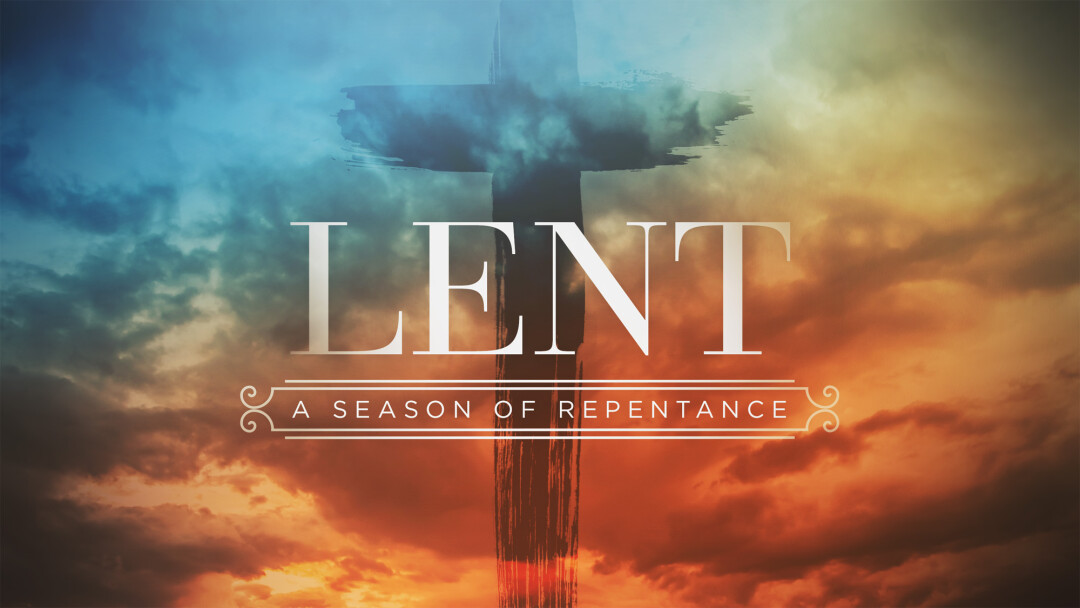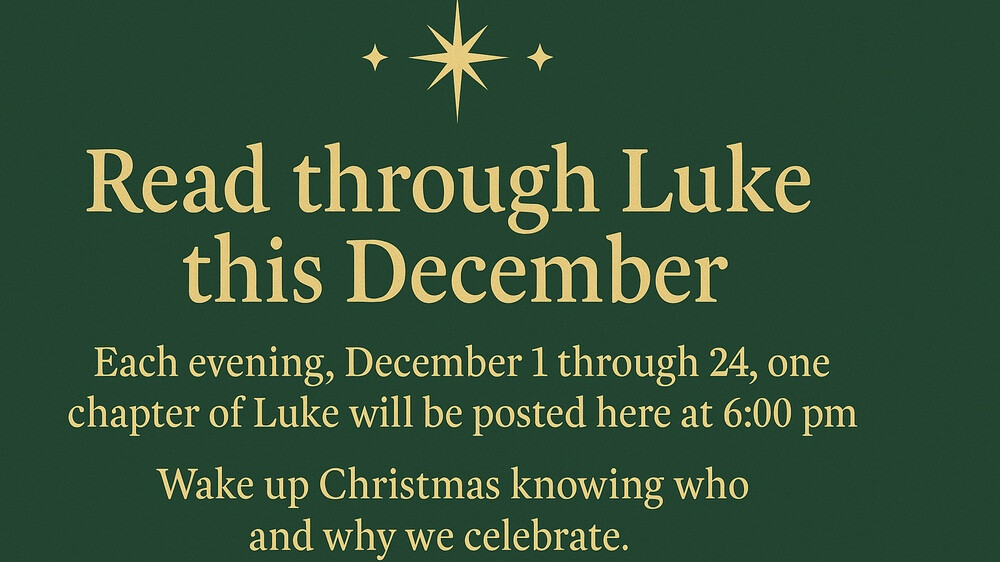
While many think of actions such as the imposition of ashes, signing with the cross, footwashing, and the use of incense as something that only Roman Catholics or high church Episcopalians do, there has been a move among Protestant churches, including United Methodists to recover these more multisensory ways of worship. This is in keeping with a growing recognition that people have multiple ways of learning and praying.
Worship that is oriented to the intellect or to the emotions, both interior, leaves out those who engage in prayer through vision, smell, touch, movement, and so forth. We are increasingly aware that people are formed in faith when practices become embedded in memory, nerves, muscles and bone through sensory engagement.
United Methodists have had resources for worship that include the imposition of ashes since 1979 when Ashes to Fire was published as Supplemental Worship Resource 8. This practice became part of our official worship resources in 1992 when General Conference adopted The United Methodist Book of Worship. See the service for Ash Wednesday, p. 321-324. It is, of course, optional and no congregation or individual is required to use it.
Other such practices were adopted in 1992. See The United Methodist Book of Worship for:
-
footwashing for Holy Thursday, p. 351-354
-
meditation at the cross for Good Friday, p. 363-364
-
incense for Evening Praise and Prayer, p. 574
This FAQ was prepared by Rev. Daniel Benedict, Center for Worship Resourcing, The General Board of Discipleship.
The original article is at http://www.umc.org/what-we-believe/when-did-united-methodists-start-the-imposition-of-ashes-on-ash-wednesday



